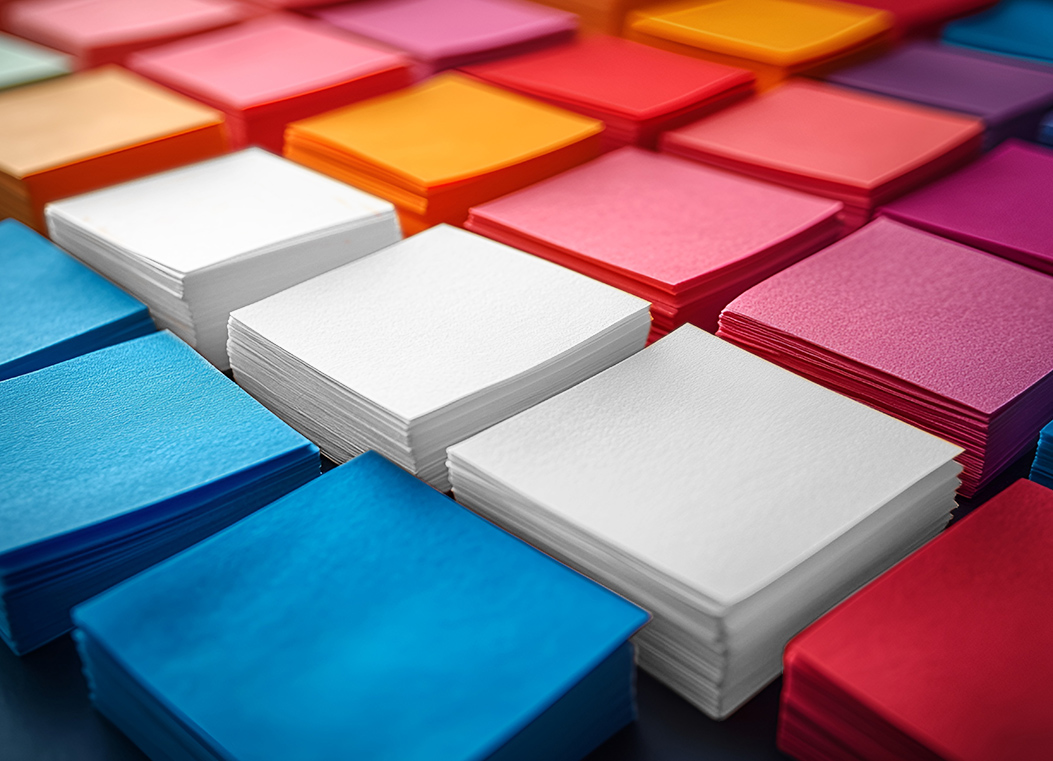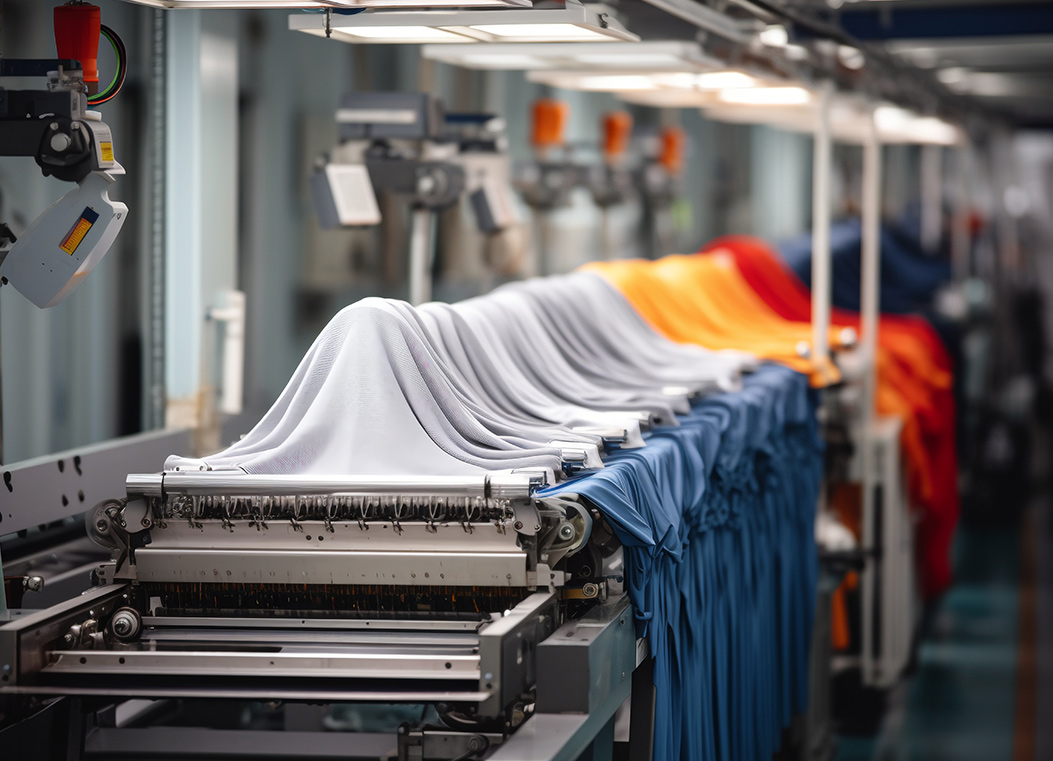Across both household laundry and industrial manufacturing, products often require additives that support appearance and durability. Optical Whitener is widely recognized for its role in fabric care, while Optical Brightener For Wires And Cables plays a similar part in maintaining the visual quality of polymer coatings used in cable production. Their shared principle lies in optical transformation, where ultraviolet light is absorbed and then re-emitted as visible blue light, creating a brighter and fresher appearance.
The Mechanism Behind Fabric Brightening
Optical whitening agents work through a process that changes how light interacts with fabric. By converting invisible ultraviolet rays into visible blue light, these compounds offset yellow tones that naturally develop as textiles age or undergo repeated washing. This effect does not alter the actual fibers but enhances the perception of cleanliness and freshness. Whites appear brighter, and even colored fabrics maintain a vivid look after multiple laundry cycles.
For consumers, this means that everyday garments such as shirts, bed linens, and towels retain their appearance longer. The effect is subtle yet consistent, ensuring that fabrics continue to look appealing over extended use.

Endurance Through Repeated Washing
A common concern in fabric maintenance is whether brightness can withstand frequent washing. Optical whiteners are designed with durability in mind, remaining effective even after numerous cycles. Unlike some surface treatments that fade quickly, they bond in a way that keeps the brightening effect stable. This characteristic supports longevity, which is particularly useful for textiles that undergo heavy use, such as uniforms, hotel linens, or household essentials.
Their stability under varying wash conditions also adds to performance. They maintain functionality in both hot and cold washes, and their chemical properties ensure effectiveness across a wide pH range. This adaptability allows them to work well with different detergent types and washing methods.
Compatibility With Modern Detergent Formulations
Optical whiteners integrate smoothly into a variety of detergent bases, including powders, liquids, and capsules. They are also used in fabric softeners and specialty laundry boosters designed to refresh older garments. When combined with surfactants and other cleaning agents, the result is not just cleaner clothes but fabrics that look brighter after stains and soils are removed.
This compatibility is an important factor for manufacturers, as it provides flexibility in developing different product lines without compromising performance. For households, it translates into ease of use, since the whitening effect is automatically included in regular laundry care without requiring additional steps.
Safety And Environmental Considerations
Advances in formulation have emphasized both safety and sustainability. Many modern optical whiteners are biodegradable, reducing their persistence in the environment after disposal. They are also designed to be non-toxic, making them appropriate for daily household use. This focus ensures that performance benefits are delivered without creating unnecessary risks for consumers or ecosystems.
Such developments reflect a broader movement within the chemical industry to balance effectiveness with environmental responsibility. For users, this means access to laundry products that improve fabric appearance while aligning with responsible consumption values.
Applications Beyond Fabric Care
Although often associated with clothing and household laundry, the technology behind optical whiteners extends further. Optical Brightener For Wires And Cables demonstrates how similar chemistry is applied in industrial contexts. In cable manufacturing, brighteners help maintain consistent visual appearance of insulation and sheathing materials, giving wires a cleaner and more uniform look. This is particularly important where both functionality and presentation are valued.
The parallel between laundry care and cable production highlights the versatility of these compounds. Whether enhancing a cotton shirt or polymer insulation, the principle remains the same: improving brightness through controlled light emission.
Practical Value For Everyday Use
For households, the benefit of optical whiteners is straightforward—garments keep their freshness and brightness even after repeated laundering. For industries, their contribution lies in maintaining visual consistency and extending product appeal. Across these different settings, the same optical principle delivers practical solutions to the common issue of fading, yellowing, and dullness that naturally affect materials over time.

 EN
EN 中文
中文 ES
ES




.jpg)













